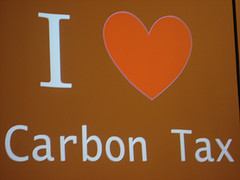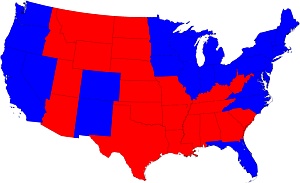Energy and climate scramble the usual left-right political divisions. Many of the big fights are not among parties but among regions and levels of government.
In the U.S. Congress, to be sure, the Republicans=obstructionists formula holds with virtually no exceptions save a tiny handful of remaining Senate “moderates.” Republican obstructionists are joined in the House and — more problematically — the Senate by a group of Democrats from states with energy-intensive industries. Depending on how they’re counted, there are up to 15 such Senate Dems, more than enough to assist Republicans in a filibuster.
At the state and local level the partisan picture is far more complicated. Some of the leading governors on the issue are Republicans, notably California’s Arnold Schwarzenegger and Florida’s Charlie Crist. Some of the most problematic are Democrats from energy states like West Virginia’s Joe Manchin and Virginia’s Tim Kaine. The city-level picture is even more muddled. At last count, 935 mayors have signed the U.S. Conference of Mayors Climate Protection Agreement, from every political party and every state in the country.
Ultimately, the political battle over climate and energy is how to manage the transition from a high-waste, high-pollution, cheap-energy economy to … the opposite. Those vulnerable to being hurt by the transition span political parties and demographics, and getting over the chasm will require fresh thinking.




